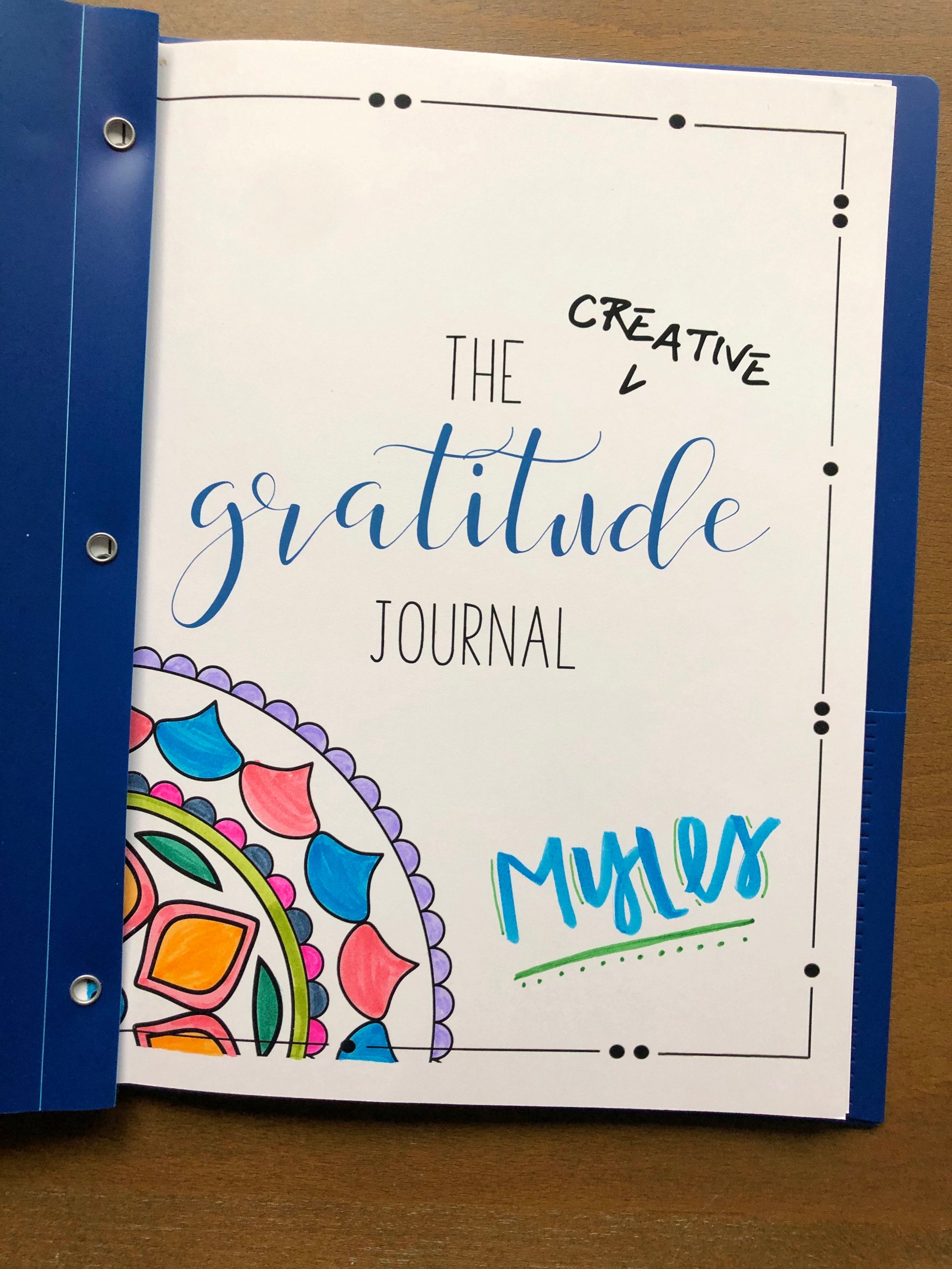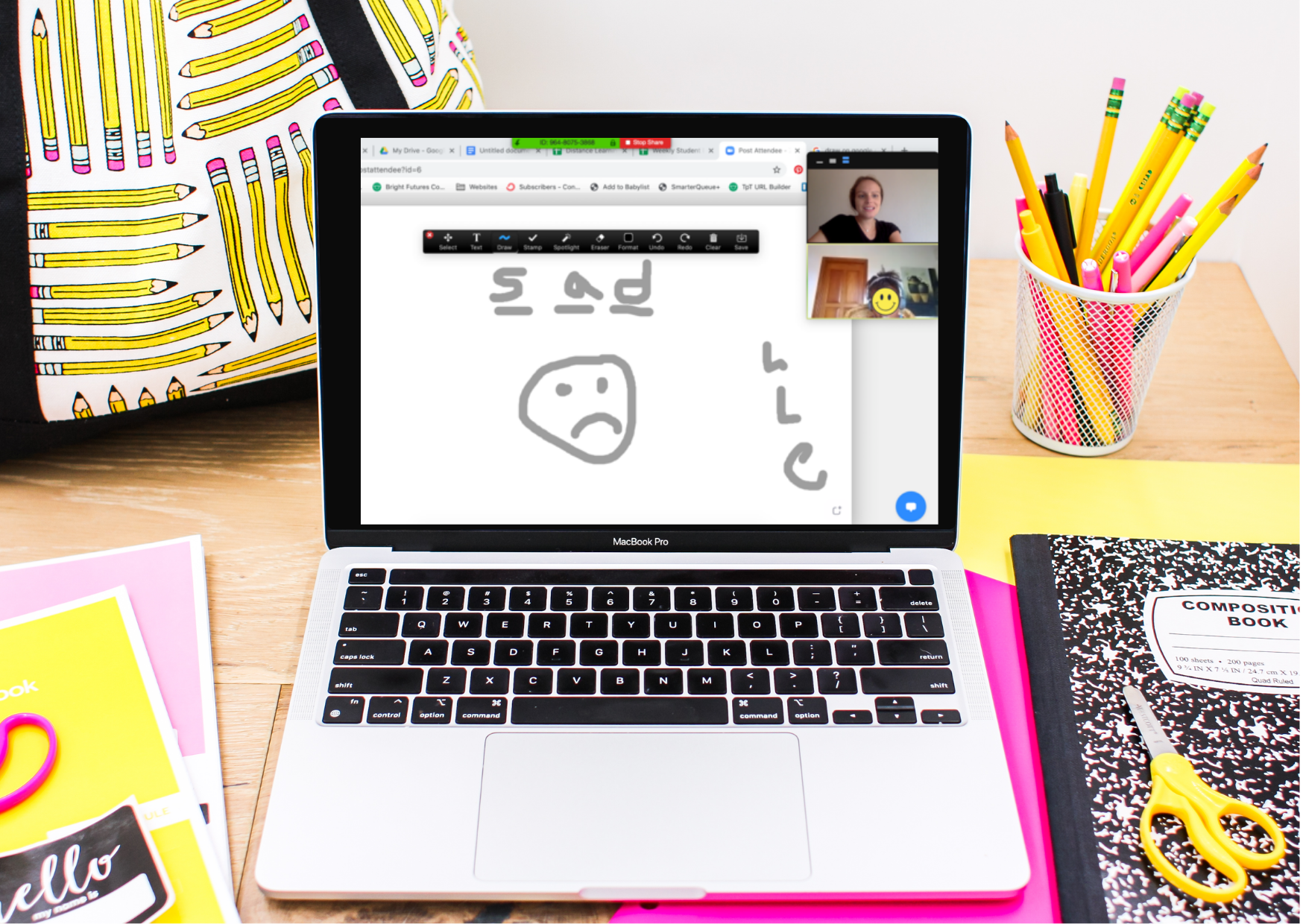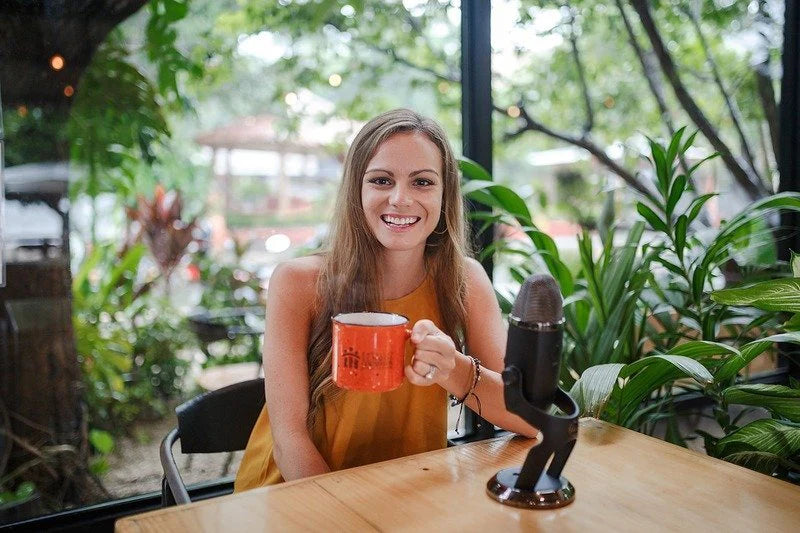How to Have a Smooth Ending to Your School Year
The end of the school year is such a busy time. Schedules are usually crazy due to special events, and although you may have been counting down the days, it can sneak up on you. Having a smooth ending to your year makes such a difference as you can truly relax over summer and know that you won't have a hot mess to return to. Check out the following tips to help you find closure, track data, and transition to the next school year.
Tips for Prepping Your Students for Closure at the End of the Year
1. Use a Progress Tracker
Students really benefit from visual expectations. Think about behavior charts or visual schedules; when students can see what's coming next they can better prepare. With small groups I like to use a visual progress tracker to show them how many sessions are left. It can be as simple as a piece of paper with stickers or as complex as a velcro system to add on different pieces to form a shape (ice cream cone, flower petals, etc). Try to design a progress tracker that goes with your group theme or a common interest of the group members. I've done everything from Legos to Paw Patrol! You can use this same method with individual students too! When students can see how many sessions they have left, they can anticipate when the last session will be so they aren't caught off guard.
Implementing this during distance learning: You can basically do the same thing. Simply show students as you add pieces to the progress tracker via Zoom.
2. Words of Kindness Posters
This activity is perfect for a small group. Have students write their name in the middle of a large piece of construction paper. Then everyone in the group walks around and writes kind words or messages on each person's paper. Kind of like signing a yearbook! Encourage students to write meaningful sentences rather than "she's nice" or "he's cool".
Implementing this during distance learning: Obviously this isn't an option virtually, so instead you can have students take turns saying nice things to each other. This takes a little more courage and they won't have a poster to take home, but it's better than nothing!
3. Journal Reflections
For students third grade and older, I like to have them process their counseling experience through journaling. Have them spend some time writing what they learned from the group or individual sessions, how they've changed, what they want to continue to work on, etc. You may be surprised how detailed and insightful these can be!
Implementing this during distance learning: This one is easy! Simply have them type instead of write.
How to Collect and Display your Data at the End of the School Year
I know data collection sounds boring, but this is your time to shine! I love using an End of the Year Report to showcase my hard work. This can be a simple write-up of services provided or a beautiful presentation. The content is what matters. Here are some must-have stats you don't want to forget:
-
Number of students served (broken down into individual and small group)
-
How much time you spent with students (average minutes per session over how many weeks)
-
Class guidance lesson topics covered and how frequently you taught them
-
Character education school-wide activities you hosted or implemented
-
PD, conferences, or trainings you attended or presented at
-
IEP, SST, etc meetings that you attended (include how many hours)
I do one of these every year and it is such a good way to self-reflect on what I did well and where I can improve next year. Plus it's vital for advocating for your role by sharing how valuable the services you provide are with your admin team.
Not sure where to get started? I have an editable template in PowerPoint and Google Slides you can download here or read this blog post for more ideas.
Where to collect data from:
-
Student self-assessments
-
Teacher/parent feedback
-
Observations
-
Pre and post group surveys
-
Progress monitoring scales
Wishing you would have started collecting data sooner? No worries! If you're reading this at the end of the school year, it's not too late to get started. Send out parent/teacher surveys as you wrap up groups and individual sessions. You can also send your students self-assessments. You won't have the pre-counseling data to compare it to, but it's still useful information.
Implementing this during distance learning: This can be done during distance learning too! Send students a digital self-assessment via Google Forms. This is honestly superior to paper forms anytime because it already has the responses organized in a nice spreadsheet for you and you can then use the data to create graphs, tables, etc. Go wild! Check out my digital self-assessments here.
Again, don't stress if you don't have a lot of data to show. Now you know how to plan ahead for next year! For more details on how to collect data throughout the school year, check out this blog post.
How to Throw a School Counseling End of the Year Party
Throwing an end of the year party is so much fun! It takes a little planning because unlike a classroom teacher, you see students at different times throughout the week, but the effort is so worth it. The kids love it and deserve to be celebrated for all of their hard work!
When to throw your party
During a typical school year, I plan drop-in parties over 2 days. I email teachers and ask them to send their students up for 15-20 min during a time slot. Depending on how many students you have on your caseload, you could have them drop in at the teacher's discretion, but I like to spread mine out so I don't end up with too many kiddos in my office at once. If a drop-in party seems like too much to plan you could celebrate with students during their normal scheduled time. This works great for small groups but is a little awkward for individual students.
What to do at your party
I always have snacks on the table, music playing, and board games out. (I sometimes even sneak in some counseling board games like these!) You could even buy some inexpensive props and set up a photo booth like this one! I also like to give out certificates. They can be completion/graduation certificates or fun superlative based ones.
How to make your party virtual
Implementing this during distance learning: Seeing kids virtually doesn't mean you can't throw a party! It simply requires a little more creativity.
-
Choose a theme: Encourage students to bring a treat or snack and their favorite stuffed animal. This makes for a more celebratory vibe than a typical Zoom call. You could even plan a theme or dress up day. Keep it simple and accessible for everyone with something like "My future's so bright, I have to wear shades!" and everyone wears sunglasses!
-
Play games: While board games may not be an option, you can still play charades or use some discussion cards like these to get the conversation going! I also came up with a feelings version of hangman. Students try to guess letters that make up an emotions word (happy, angry, excited, etc). For each letter they guess incorrectly, you draw part of a face. Each wrong guess leads them closer to the correct answer as the face starts to take shape and show the feeling (a smile, furrowed eyebrows, a tear, etc). This game is always a hit! Plus it's less morbid than hangman and a great way to review emotional recognition!
Prepping students for closure, displaying your data, and celebrating with a party will help ease the transition into summer. Lastly, don’t forget to celebrate you! Treat yo’self for all of the hard work you’ve accomplished and lives you’ve changed!
SHARE:














